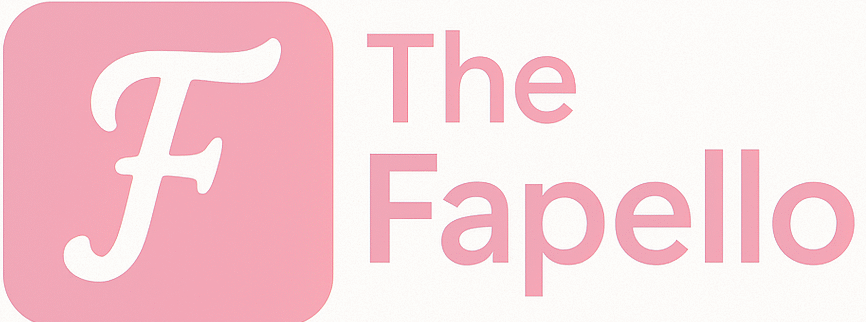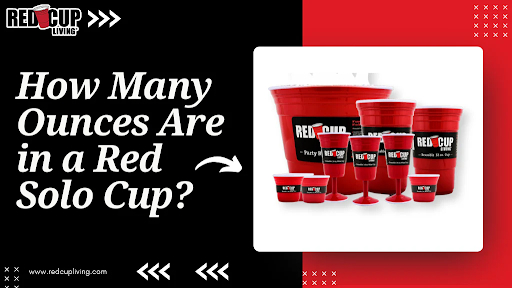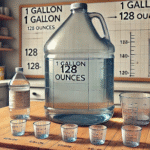Ounces in a cup can sometimes confuse even the most experienced home cooks. Knowing exactly how many ounces are in a cup helps you measure ingredients correctly, whether you’re baking cookies, making soup, or preparing your favorite smoothie. A cup is a common kitchen measurement, but its conversion to ounces depends on whether you are measuring liquids or solids. For liquids like milk or water, a standard US cup usually equals 8 fluid ounces. For dry ingredients like flour or sugar, the weight in ounces can vary because different ingredients have different densities. Understanding ounces in a cup makes cooking and baking easier, reduces mistakes, and ensures your recipes turn out perfectly every time. By learning the right conversions, you can confidently follow any recipe, even if it lists ingredients in ounces instead of cups.
If you’re wondering how to convert ounces in a cup for different ingredients, it’s simpler than it sounds. For example, 1 cup of flour weighs about 4.5 ounces, while 1 cup of sugar is closer to 7 ounces. This difference happens because dry ingredients have different textures and densities. Measuring liquids is easier since 1 cup almost always equals 8 fluid ounces. Using measuring cups or a kitchen scale can make your measurements precise, saving you from baking disasters. Knowing ounces in a cup also helps when scaling recipes up or down. Whether you are a beginner or a seasoned cook, understanding these conversions makes your kitchen work more efficient and your dishes more delicious. Mastering ounces in a cup is a small step that brings big results in cooking and baking.
Table of Contents
What Are Ounces in a Cup
Understanding ounces in a cup starts with knowing that there are two types of ounces: fluid ounces and weight ounces. Fluid ounces measure volume, like water or milk, while weight ounces measure mass, like flour or sugar. For liquids, 1 US cup equals 8 fluid ounces. For dry ingredients, the weight in ounces can change depending on what you are measuring. This is why it’s important to know the difference. By understanding ounces in a cup, you can avoid mistakes in your recipes and get the perfect result every time.
How to Measure Liquids Using Ounces in a Cup
Measuring liquids is simple when you know ounces in a cup. Most liquids follow a standard measurement, so 1 cup equals 8 fluid ounces. Use a clear measuring cup with markings for the most accurate measurement. Always place the cup on a flat surface and read the measurement at eye level to avoid errors. Whether you are pouring milk, water, or oil, this method ensures precision. Knowing ounces in a cup helps you adjust recipes easily and makes cooking less stressful.
Ounces in a Cup for Dry Ingredients
Dry ingredients like flour, sugar, and oats do not have the same weight per cup. For instance:
- 1 cup of all-purpose flour = 4.5 ounces
- 1 cup of granulated sugar = 7 ounces
- 1 cup of oats = 3 ounces
The reason for the difference is that dry ingredients have varying densities. Using a kitchen scale is the best way to get exact measurements, but knowing approximate ounces in a cup is helpful for quick recipes.
Why Understanding Ounces in a Cup Matters in Baking
Baking is a science, not just an art. A little too much or too little of an ingredient can change the texture, taste, or rise of your baked goods. By knowing ounces in a cup, you ensure consistency in every recipe. This is especially important for dry ingredients like flour, which can clump or compress in a cup, causing inaccuracies if you don’t measure carefully. Understanding ounces in a cup also makes it easier to follow international recipes that list ingredients in ounces instead of cups.
Quick Tips to Convert Ounces in a Cup
Here are some helpful tips when converting ounces in a cup:
- Use a kitchen scale: It’s the most accurate method for dry ingredients.
- Check liquid vs. dry: Remember that fluid ounces measure volume, weight ounces measure mass.
- Know common conversions: For example, 1 cup of butter = 8 ounces, 1 cup of milk = 8 fluid ounces.
- Level off dry ingredients: Use a knife to level off flour or sugar to prevent over-measuring.
- Practice: The more you measure, the easier it becomes to visualize ounces in a cup.
Using a Kitchen Scale vs. Measuring Cups
A kitchen scale is extremely useful if you want precise results. Measuring cups are easier for quick recipes but can be less accurate for dry ingredients. For liquids, measuring cups work perfectly because 1 cup almost always equals 8 fluid ounces. For baking, a scale can help prevent mistakes and save time, especially when working with dense or light ingredients.
Common Mistakes When Measuring Ounces in a Cup
Some common mistakes include:
- Using the wrong cup size (US vs. metric)
- Not leveling dry ingredients
- Confusing fluid ounces with weight ounces
- Pouring liquids too quickly and spilling
- Not considering ingredient density
Ounces in a Cup Chart for Everyday Ingredients
Here’s a quick reference for common ingredients:
- All-purpose flour: 1 cup = 4.5 oz
- Granulated sugar: 1 cup = 7 oz
- Brown sugar: 1 cup = 7.5 oz
- Butter: 1 cup = 8 oz
- Milk: 1 cup = 8 fl oz
- Oats: 1 cup = 3 oz
conclusion
Understanding ounces in a cup is essential for both beginner and experienced cooks. It ensures recipes turn out perfectly, prevents mistakes, and makes measuring ingredients simpler. Knowing the difference between fluid ounces and weight ounces helps you measure liquids and dry ingredients accurately. Whether you are baking cookies, preparing a smoothie, or making soup, mastering ounces in a cup will make your kitchen work easier and more enjoyable. A little knowledge goes a long way in cooking and baking, and having this skill will make your meals taste better every time.
FAQs
Q1: How many ounces are in 1 cup of water?
A1: 1 cup of water equals 8 fluid ounces.
Q2: Are ounces in a cup the same for all ingredients?
A2: No. Dry ingredients like flour and sugar weigh different amounts per cup.
Q3: Can I use measuring cups for dry ingredients?
A3: Yes, but a kitchen scale is more accurate for baking.



